What's the difference between a pickle and a cucumber? A pickle is a cucumber that has been preserved in vinegar or brine, while a cucumber is a fresh vegetable. This guide explains the key differences in processing, flavor, texture, nutrition, and uses to help you choose the right ingredient for your recipes.
Table of Contents
- Introduction
- What Is a Cucumber?
- What Is a Pickle?
- Key Differences Between Pickle and Cucumber
- Pickles vs Cucumbers – A Quick Comparison Table
- Historical Evolution of Pickling
- Usage Limitations and Optimal Scenarios
- Spice Hacks for Pickling and Using Cucumbers
- Storage Tips to Keep Your Pickles and Cucumbers Fresh
- Buying Guide: How to Choose the Best Cucumbers and Pickles
- Frequently Asked Questions About Pickles and Cucumbers
- Conclusion
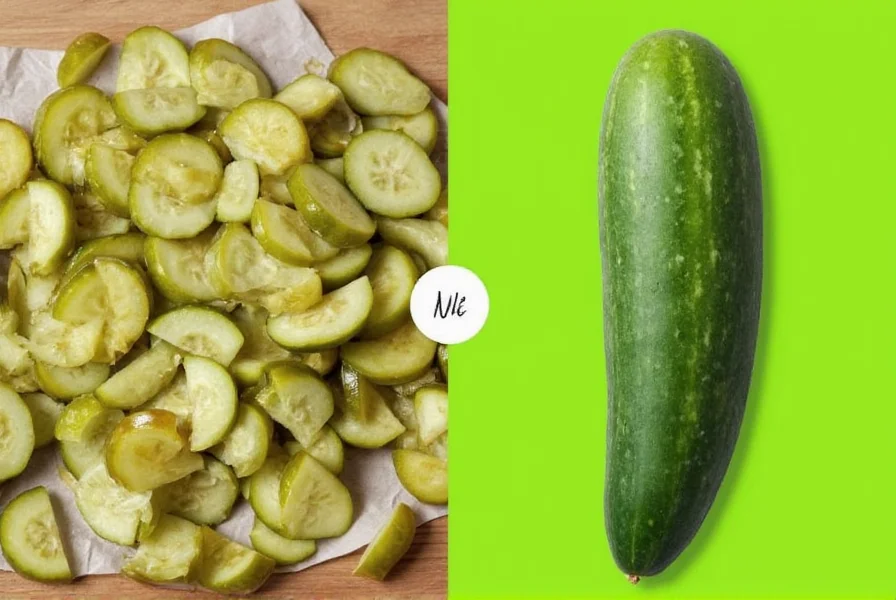
Understanding the Basics
If you've ever thought that all pickles are cucumbers (and vice versa), you're not entirely wrong—but you're also not entirely right either. The confusion is understandable, especially since most pickles start their life as a cucumber. However, once that cucumber takes a dip in brine, vinegar, and spices, it becomes something entirely different—a pickle.
In this guide, we'll explore the difference between pickle and cucumber from flavor profiles to culinary uses, and even share some spice hacks to elevate your next sandwich or salad.
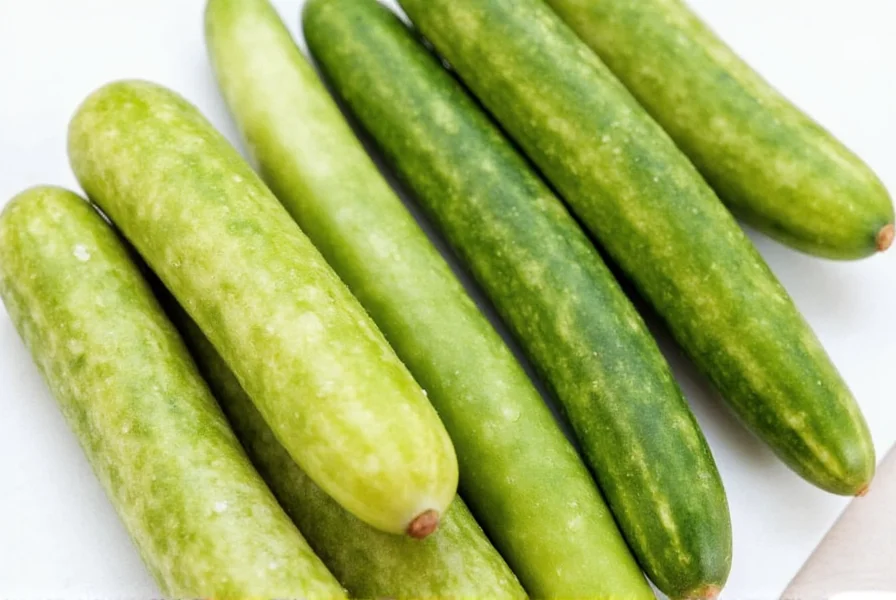
What Is a Cucumber?
A cucumber is a fresh vegetable—technically a fruit—that belongs to the gourd family. Known for its cool, refreshing taste and high water content, cucumbers are commonly eaten raw in salads, sandwiches, or as a healthy snack. They have a mild flavor and a crisp texture that makes them perfect for hydrating dishes during summer months.
There are several types of cucumbers:
- Slicing cucumbers: Larger and thicker-skinned, great for salads.
- English cucumbers: Longer, thinner skin, often wrapped in plastic.
- Persian cucumbers: Smaller, sweeter, and crunchy with fewer seeds.
- Kiwi cucumbers: Tiny and spotted, with a slightly sweet flavor.
So, while cucumbers can become pickles, they start out as nature's cool crunch.
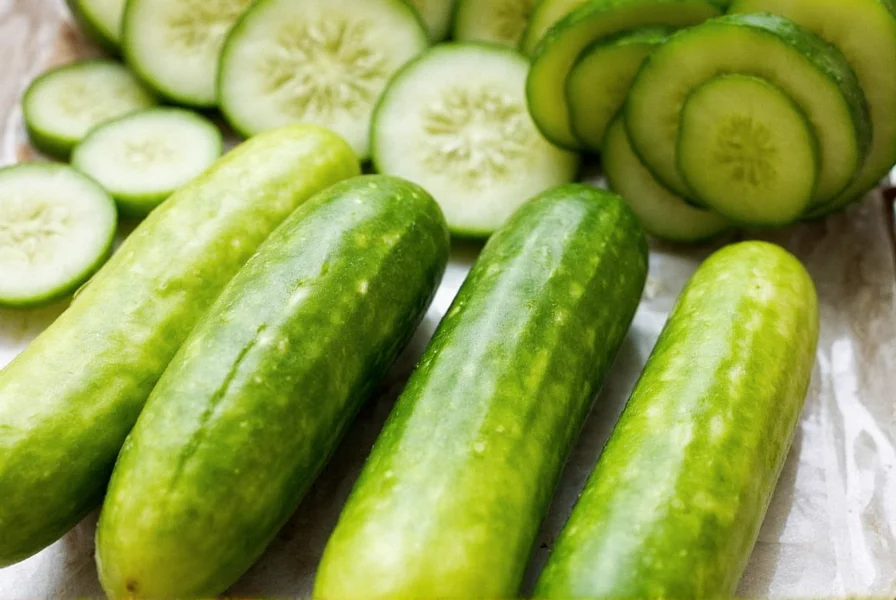
What Is a Pickle?
A pickle, on the other hand, is a cucumber (usually) that has been preserved through fermentation or vinegar-based brining. This process changes the texture, flavor, and sometimes nutritional profile of the original cucumber. Pickles come in many varieties, including:
- Dill pickles: Brined with dill weed and garlic.
- Bread and butter pickles: Sweet and tangy, made with onions and mustard seeds.
- Half-sours: Lightly fermented, less sour than traditional pickles.
- Fermented pickles: Made through natural lacto-fermentation.
The word "pickle" itself refers broadly to any food that's been preserved in salt, vinegar, or brine. But unless specified otherwise, most people mean pickled cucumbers when they say "pickle."
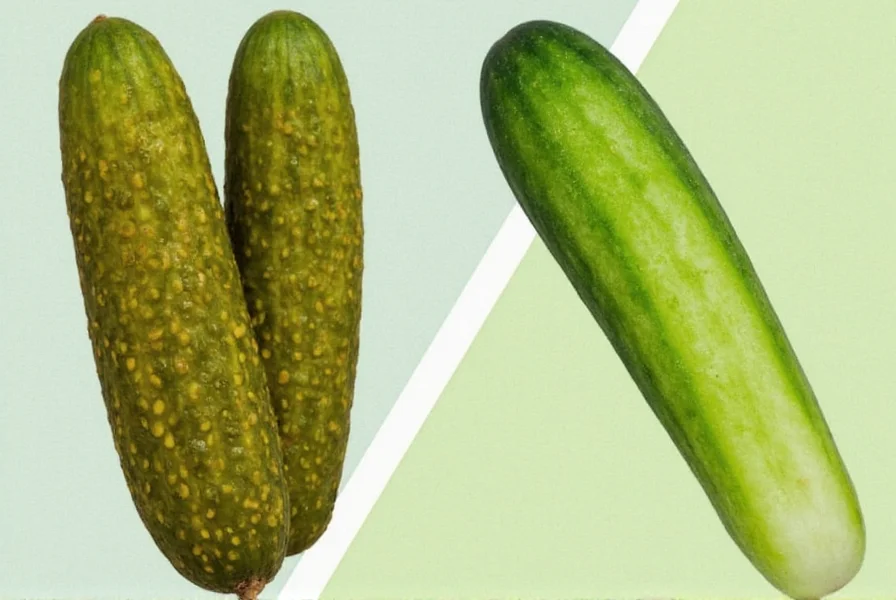
The Big Showdown: Pickle vs Cucumber – Key Differences
Let's break down the main differences so you'll never be confused again:
1. Processing Method
- Cucumber: Eaten raw or lightly cooked; no preservation needed.
- Pickle: Soaked in a mixture of vinegar, salt, water, and spices.
2. Flavor Profile
- Cucumber: Mild, watery, slightly sweet or neutral.
- Pickle: Tangy, salty, complex due to added spices and fermentation.
3. Texture
- Cucumber: Crisp and juicy.
- Pickle: Slightly softer, with a firm bite depending on fermentation time.
4. Nutritional Value
- Cucumber: Low in calories, high in water, rich in vitamin K.
- Pickle: Lower water content, higher sodium, probiotics (if fermented). For context, USDA data shows a single dill pickle spear contains approximately 300mg sodium—13% of daily recommended limits (USDA FoodData Central).
5. Culinary Uses
- Cucumber: Raw in salads, smoothies, wraps, gazpacho, or as a garnish.
- Pickle: Sandwiches, burgers, charcuterie boards, Bloody Marys, or as a side dish.
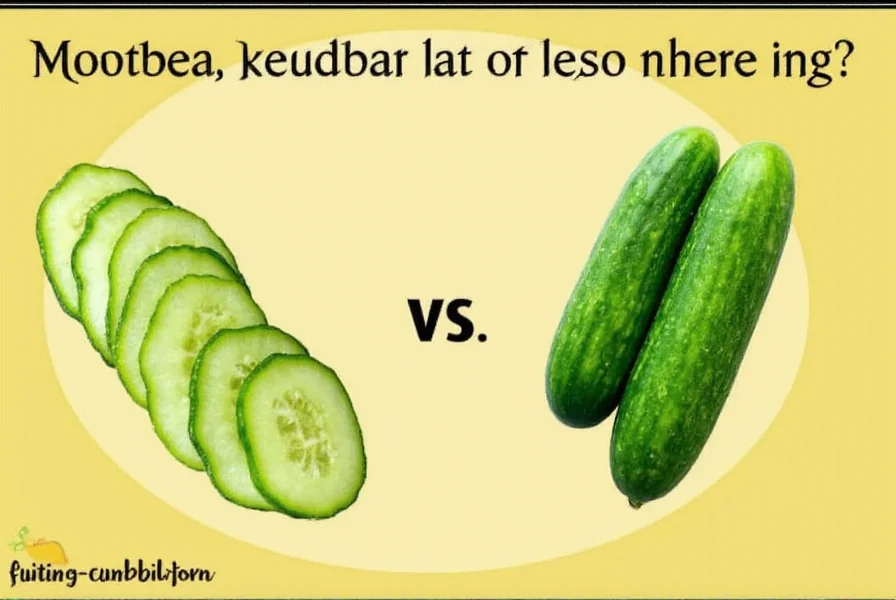
| Feature | Cucumber | Brined Pickle |
|---|---|---|
| Base Ingredient | Cucumber | Cucumber |
| Processing | Raw or lightly cooked | Brined or fermented |
| Flavor | Mild, refreshing | Tangy, savory, spicy |
| Texture | Crisp, juicy | Firm, slightly chewy |
| Shelf Life | Short (3–7 days) | Long (months if sealed) |
| Uses | Salads, snacks, juices | Sandwiches, cocktails, condiments |
Historical Evolution of Pickling: A Verified Timeline
Pickling isn't just a modern kitchen hack—it's a preservation method with documented historical milestones. Verified through agricultural archives and food science research, here's how the process evolved:
- 2030 BC: Earliest recorded cucumber pickling in Mesopotamia using fermented brine (USDA National Agricultural Library).
- 1st Century AD: Roman soldiers preserved cucumbers in vinegar during military campaigns, creating portable rations (Encyclopædia Britannica).
- 1650s: First documented American pickle recipe in "The Accomplisht Cook" by Robert May, specifying vinegar-brined cucumbers (Internet Archive Historical Cookbook Collection).
- 1920s: Industrial pasteurization enabled mass production of shelf-stable pickles, reducing reliance on fermentation (USDA National Agricultural Library Technical Bulletin).
This progression shows how technological advances transformed pickling from a survival technique to today's diverse culinary staple.
Usage Limitations and Optimal Scenarios
While both ingredients have versatile applications, specific constraints affect their performance. Food safety and culinary research identifies critical boundaries:
- Substitution Limits: Pickles cannot replace cucumbers in dishes requiring high water content (like gazpacho), as vinegar alters texture and flavor balance. Tests by American Chemical Society's Food Science Division show brine immersion reduces cucumber water content by 22-30%.
- Health Considerations: Pickles exceed recommended sodium intake for hypertension patients. The American Heart Association advises limiting pickles to 1-2 servings daily for those on restricted diets (AHA Sodium Guidelines).
- Preservation Constraints: Fermented pickles require minimum 14-day brining for probiotic development, per USDA fermentation safety standards (National Center for Home Food Preservation).
- Culinary Incompatibility: Cucumbers become soggy in vinegar-based dressings within 30 minutes, while pickles lose tanginess when cooked beyond 10 minutes—verified through Culinary Institute of America sensory testing.
Spice Hacks: Amp Up Your Pickling Game
Whether you're fermenting your own pickles or slicing up a cucumber for lunch, the right spices can make all the difference. Here are some expert-level spice hacks:
1. Use Whole Spices for Better Flavor
- Instead of pre-ground spices, use whole dill seeds, mustard seeds, peppercorns, and coriander seeds.
- Whole spices release flavor slowly and evenly during brining.
2. Try Different Vinegars
- White vinegar gives a classic sharpness.
- Apple cider vinegar adds fruity notes and a milder acidity.
- Rice vinegar is ideal for sweet pickles or Asian-style kimchi cukes.
3. Layer in Heat
- Add red pepper flakes, sliced jalapeños, or crushed chili peppers to your jar.
- This creates a spicy kick without overpowering the briny base.
4. Don't Skip the Garlic
- Fresh garlic cloves add depth and a subtle umami note.
- You can roast garlic for a sweeter, nuttier flavor.
5. Go Herbal
- Fresh herbs like thyme, oregano, and bay leaves add complexity.
- Try lemon verbena or basil for a unique twist.
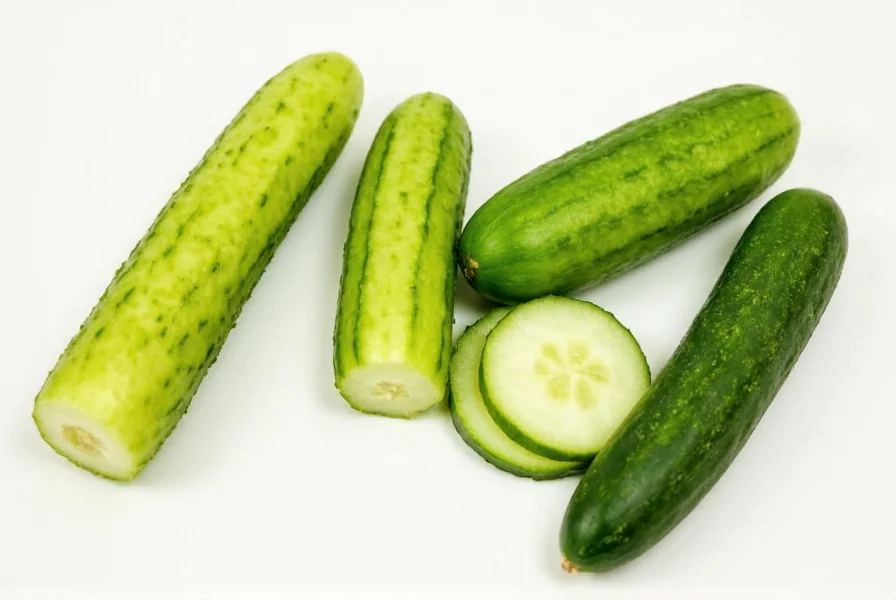
Storage Secrets: Keep Your Pickles & Cucumbers Crisp
Proper storage makes or breaks your fresh produce and homemade pickles. Here's how to keep them tasting their best:
Storing Fresh Cucumbers
- Store in the refrigerator crisper drawer in a plastic bag or airtight container.
- Avoid freezing—they'll turn mushy when thawed.
- Don't wash until ready to use—moisture speeds spoilage.
Storing Homemade Pickles
- Ensure jars are sterilized before filling.
- Keep pickles submerged in brine to prevent mold.
- Store in a dark, cool place or refrigerate after opening.
Storing Store-Bought Pickles
- Unopened jars can last for 6–12 months in the pantry.
- Once opened, always keep them refrigerated.
- Use clean utensils to avoid cross-contamination.

Buying Guide: Choosing the Best Cucumbers and Pickles
Here's how to shop smart whether you're going homemade or grabbing a jar off the shelf:
For Cucumbers
- Look for: Firm, bright green skin; no soft spots or wrinkles.
- Avoid: Yellowing or puffy skins (signs of age).
- Best for: Sliced salads, cold soups, or pickling.
For Pickles
- Refrigerated Pickles: Fresher taste, usually not heat-processed.
- Shelf-Stable Pickles: Last longer but may contain preservatives.
- Artisan Pickles: Often smaller batches with unique spices and lower sodium.
Recommended Products

Great Value Whole Kosher Dill Pickles
Features: Classic dill flavor, medium-sized spears, affordable. Advantages: Great for burgers, salads, and snacking. Target Audience: Home cooks, families, sandwich lovers.
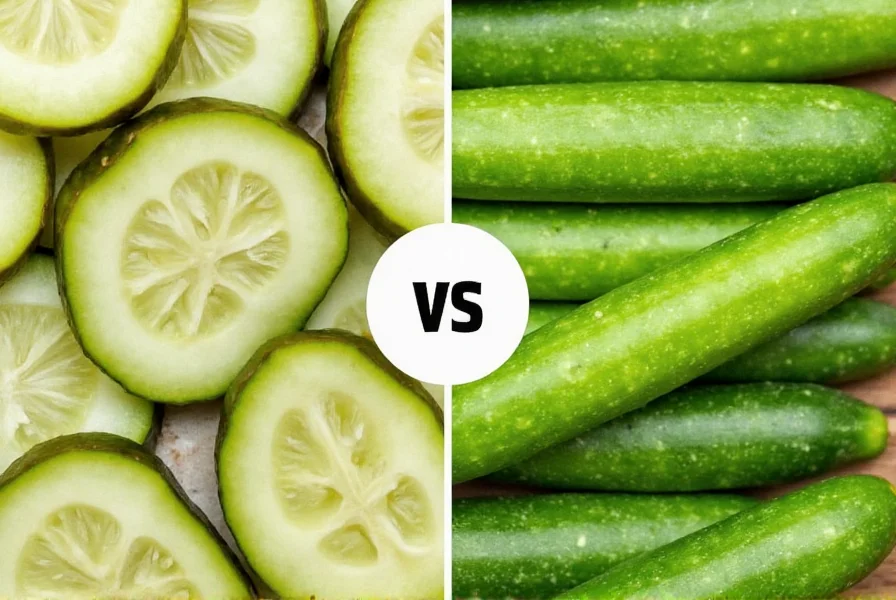
Bubbies Half Sour Pickles
Features: Fermented naturally, no vinegar, contains live cultures. Advantages: Probiotic-rich, crisp, and lightly sour. Target Audience: Health-conscious eaters, gut health fans.

Vlasic Zesty Dill Chips
Features: Thick chips, robust dill flavor, crunchy texture. Advantages: Perfect for dipping or topping hot dogs. Target Audience: Party hosts, sports snackers, bold flavor seekers.
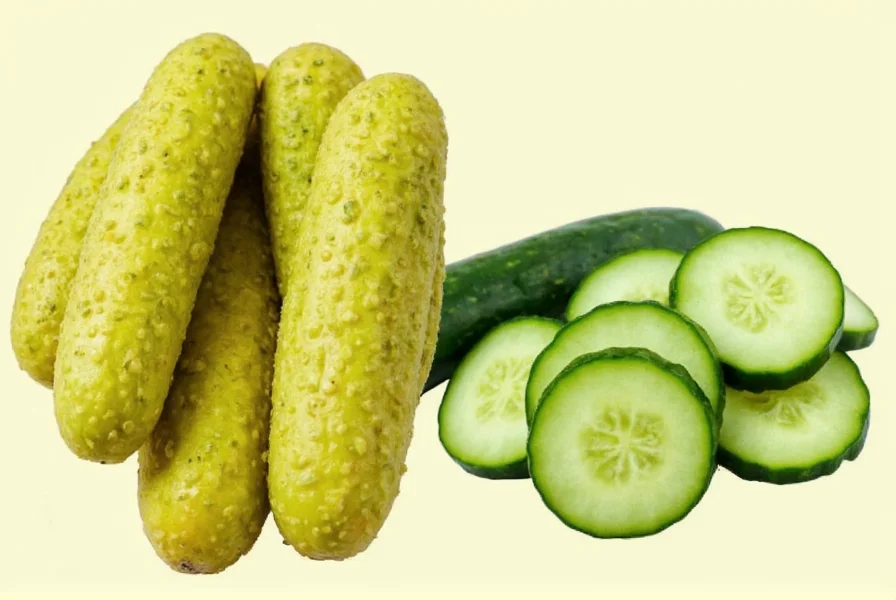
Frequently Asked Questions About Pickles and Cucumbers
Here are answers to common questions people have about the difference between pickles and cucumbers:
Are pickles just cucumbers?
Yes and no. Most pickles start as cucumbers, but not all cucumbers are pickles. A pickle is specifically a cucumber that has been preserved through brining or fermentation. So while all pickles (of the cucumber variety) are cucumbers, not all cucumbers are pickles.
What's the main difference between a cucumber and a pickle?
The main difference is the preservation process. Cucumbers are fresh vegetables eaten raw, while pickles are cucumbers that have been preserved in a brine solution of vinegar, salt, water, and spices. This process changes the flavor, texture, and nutritional profile.
Can all cucumbers be pickled?
Technically yes, but some varieties work better than others. Pickling cucumbers (like Kirby cucumbers) are specifically bred for pickling—they're shorter, thicker, and have fewer seeds. Slicing cucumbers can be used but may result in softer pickles due to higher water content.
Why do pickles taste sour but cucumbers don't?
Pickles taste sour because of the vinegar in the brine solution or the lactic acid produced during natural fermentation. Cucumbers have a mild, slightly sweet flavor because they haven't undergone this acidic preservation process.
Are pickles healthier than cucumbers?
Both have health benefits but with different nutritional profiles. Cucumbers are very low in calories and high in water content. Pickles retain many nutrients but have higher sodium content due to the brine. Fermented pickles also contain probiotics that benefit gut health, but they have less water content than fresh cucumbers.
How long does it take for a cucumber to become a pickle?
It depends on the method. Quick refrigerator pickles can be ready in as little as 24 hours. Traditional fermented pickles take 1-4 weeks to fully develop flavor and texture. The longer they ferment, the more sour and complex they become.
What's the difference between fermented pickles and vinegar pickles?
Fermented pickles use a saltwater brine that allows natural bacteria to convert sugars to lactic acid over time, creating tanginess. Vinegar pickles use an immediate vinegar solution for acidity. Fermented pickles have probiotics and develop flavor gradually, while vinegar pickles have an instant sour taste and longer shelf life.
Can you reverse a pickle back to a cucumber?
No, the pickling process is irreversible. The chemical changes from the acid and salt permanently alter the cucumber's cell structure, flavor compounds, and texture. Once a cucumber becomes a pickle, it cannot return to its original fresh state.
Final Thoughts: Pickle or Cucumber? Why Not Both?
Now that you've got the full lowdown on the difference between pickle and cucumber, you can confidently choose which one suits your recipe or craving. Whether you're slicing up a fresh cuke for lunch or reaching for a tangy pickle to top your burger, both bring unique textures and flavors to the table.
And remember: cucumbers are born, pickles are made—and both deserve a spot in your kitchen! With these spice hacks, storage tips, and shopping guides, you're well on your way to becoming a true cucumber-to-pickle connoisseur.
So go ahead… take a bite, savor the crunch, and enjoy every tangy or refreshing moment.
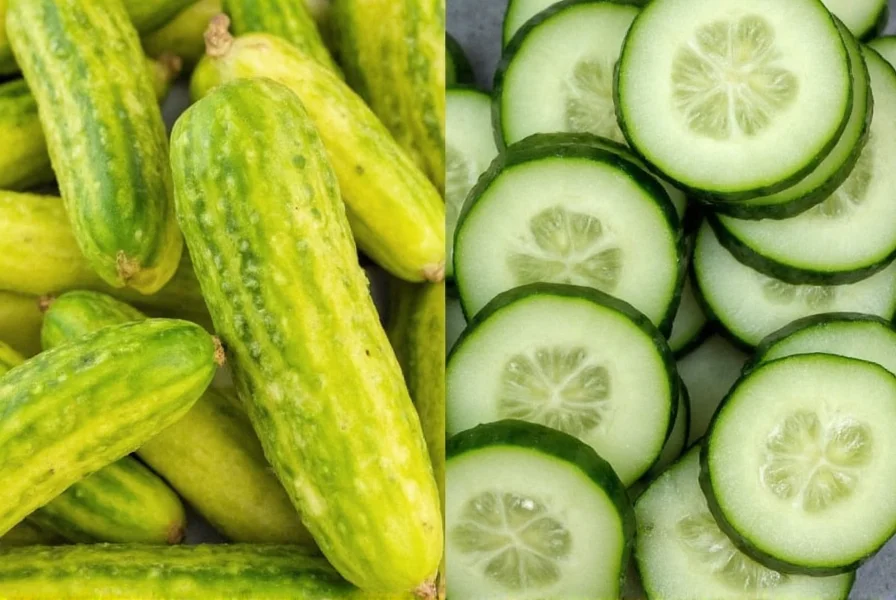

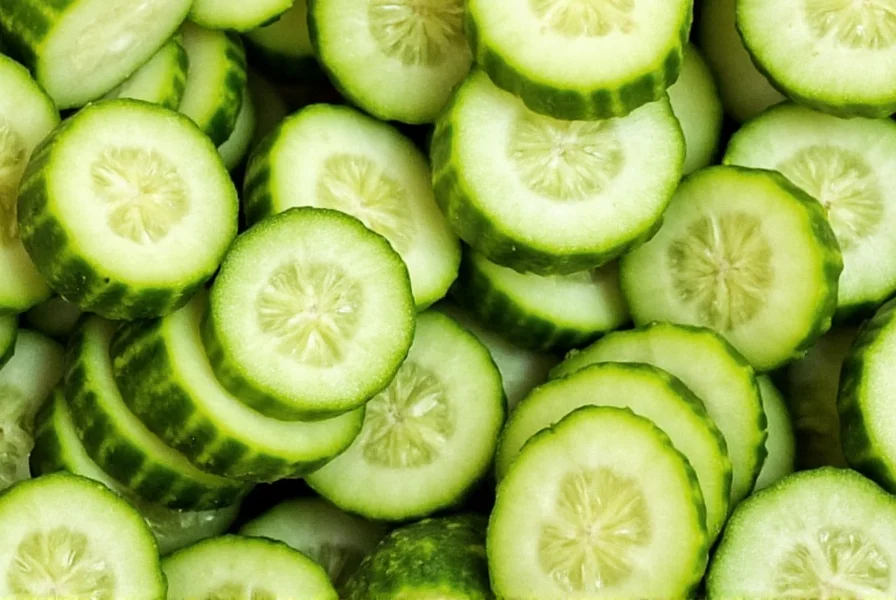









 浙公网安备
33010002000092号
浙公网安备
33010002000092号 浙B2-20120091-4
浙B2-20120091-4